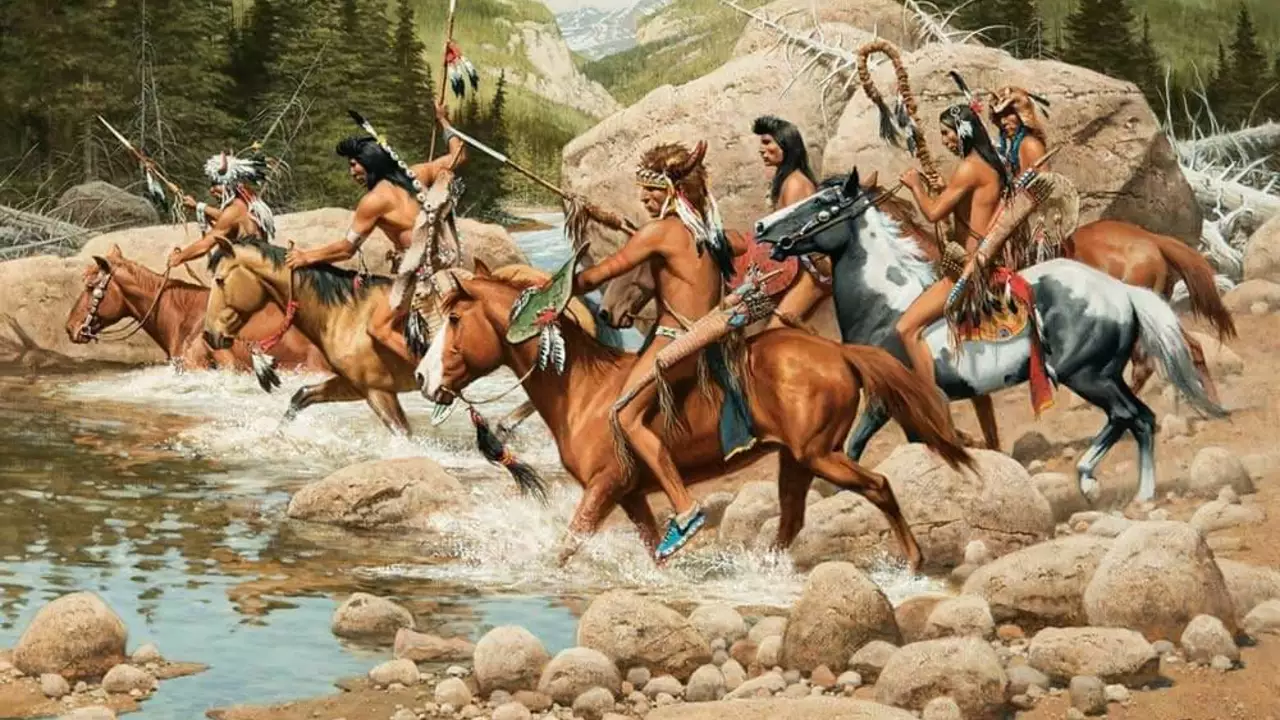Historical Warfare: Stories, Battles & Lessons
Ever wondered why some battles echo through centuries while others fade away? The truth is, every clash leaves a mark—on maps, on societies, and on the way we think about conflict. On this page we break down the biggest moments in warfare history, pull out the tactics that worked, and show how those lessons still matter.
Epic Battles That Shaped Nations
Take the Battle of Marathon in 490 BC. A handful of Greek hoplites held off a massive Persian army, proving that disciplined infantry could defeat sheer numbers. The win gave Athens the confidence to build a democratic culture that still inspires today. Fast forward to 1066 and the Norman conquest of England. William the Conqueror’s clever use of cavalry and a well‑timed feint at Hastings turned a risky invasion into a lasting dynasty.
Skipping ahead to the 19th century, the Battle of Gettysburg changed the American Civil War’s fate. Union forces used high ground at Little Round Top to blunt Confederate attacks, showing how terrain can be a decisive ally. In the Pacific, the island‑hopping campaign of World War II taught the Allies the power of flexibility—by striking a few key islands, they cut Japanese supply lines without costly frontal assaults.
What We Can Learn From Past Wars
One clear takeaway is the importance of logistics. Napoleon’s invasion of Russia failed not because of battlefield skill but because his troops ran out of food and faced a brutal winter. Modern militaries still spend billions on supply chains because a hungry army can’t fight.
Another lesson is the value of intelligence. The success of the Allied D‑Day landings hinged on decoding German communications and feeding false information. Today, cyber‑espionage is the digital version of that same game‑changing advantage.
Leadership style also matters. Leaders who listened to their commanders, like Alexander the Great, could adapt on the fly and seize unexpected opportunities. Conversely, rigid commanders often saw their forces crumble when the unexpected happened.
Technology isn’t a silver bullet, either. The introduction of gunpowder transformed medieval sieges, but armies that relied only on new weapons without training suffered defeats. The same pattern repeats with drones and AI—tools amplify skill, they don’t replace it.
Finally, war leaves lasting cultural footprints. The stories of bravery at Thermopylae inspire movies, books, and even sports team mascots. Understanding these narratives helps us see why certain symbols still rally people billions of years later.
By looking at these historic clashes, we get a clearer picture of how strategy, supply, intelligence, leadership, and technology intertwine. Whether you’re a history buff, a gamer, or just curious about why the world looks the way it does, the lessons from historical warfare offer practical insight into modern challenges.
Published on Jul 25
0 Comments
Having delved into the history of Native American Indian warriors, their combat skills were incredibly remarkable. These warriors were known for their exceptional stealth, adaptability, and endurance in battle. Their combat techniques were unique, often utilizing nature and the environment as tools for strategic warfare. They were also skilled horsemen and archers, with a deep understanding of guerrilla warfare. This historical knowledge truly enlightens us about the formidable abilities of these indigenous warriors.
